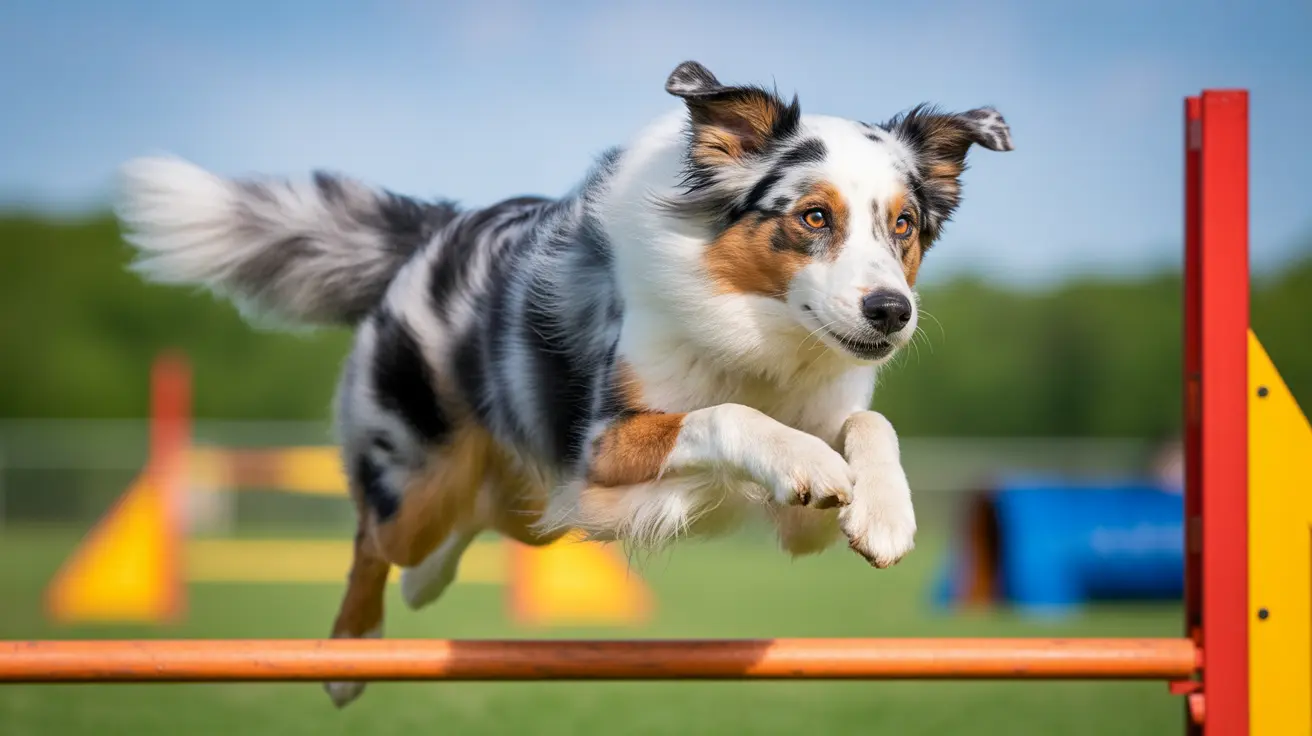The Spanish Mastiff: A Majestic Livestock Guardian
The Spanish Mastiff, or Mastín Español, stands as one of the most impressive and ancient livestock guardian breeds in the world. With roots stretching back thousands of years, this dog has played an essential role in rural Spanish life, protecting flocks and property with unwavering dedication.
Origins and History
This breed traces its ancestry to dogs brought to the Iberian Peninsula over two millennia ago. Over centuries, it became indispensable to shepherds during the transhumance—the seasonal movement of Merino sheep across Spain. The Spanish Mastiff would accompany vast herds on their journeys, using its imposing presence and thunderous bark to ward off wolves and other predators.
Physical Characteristics
- Size: Truly massive, standing 28–35 inches at the shoulder and weighing between 140 and 220 pounds (males are usually larger).
- Build: Powerful and muscular with a broad skull, strong jaws, and loose skin forming a protective dewlap around the neck.
- Coat: Short or semi-long, dense fur that comes in black, fawn, red, yellow, wolfgray, brindle, or predominantly white—often with white markings.
- Eyes & Ears: Small dark hazel or brown eyes; medium triangular ears hang close to the head.
Their sheer size alone makes them an imposing sight—one that deters threats before they even approach.
Temperament and Personality
The Spanish Mastiff is known for being calm, intelligent, and fiercely independent. While they form deep bonds with their families—often showing great affection—they remain naturally wary of strangers. Their protective instincts run deep; these dogs are hardwired to guard what matters most to them.
- Loyal and affectionate with family members
- Patient and gentle with children (when socialized early)
- Tends to be dominant or aloof with unfamiliar dogs if not properly socialized
This breed is not recommended for first-time dog owners. Their independence means they need an owner who can provide consistent training and confident leadership. Without it, they might test boundaries or ignore commands entirely.
Training and Socialization Needs
The key to raising a well-adjusted Spanish Mastiff lies in early socialization and positive reinforcement-based training. Expose your puppy to a wide variety of people, animals, environments, and experiences from a young age. Obedience training should be firm but gentle—these dogs respond best when treated with respect rather than force.
- Start socializing as early as possible.
- Praise good behavior; avoid harsh corrections.
- Be patient—this breed matures slowly both physically and mentally.
If you have experience with large breeds and can provide structure without being heavy-handed, you'll find the Spanish Mastiff both dignified and devoted.
Lifestyle Requirements
- An hour of daily exercise (long walks or playtime in a secure yard) is necessary for their physical health.
- The breed thrives in rural settings where there's ample space to roam; apartment living doesn't suit their needs or size.
Their deep bark serves as both a warning system for intruders and a comfort for those under their protection. However, ongoing guidance is needed so their guarding instincts don't tip into over-protectiveness or aggression toward visitors.
Grooming & Health Care
- Bathe only occasionally; focus on regular brushing (weekly most of the year; more often during seasonal shedding).
- Check folds of skin around the neck frequently—clean as needed to prevent infections.
- Ears: Clean regularly to avoid infections.
- Nails: Trim routinely due to their weight bearing down on feet.
This breed faces several health risks common among large dogs:
- Hip/elbow dysplasia (manage weight; consider supplements or surgery if severe)
- Bloat/gastric torsion (feed multiple small meals per day; avoid exercise before/after eating)
- Dilated cardiomyopathy (heart condition), hypothyroidism
Lifespan averages 9–12 years. Diet should be tailored for large breeds—monitor calorie intake closely since obesity worsens joint problems. Routine veterinary care is vital for catching issues early.
A Dog for Experienced Owners
If you're considering bringing home a Spanish Mastiff, make sure you have:
- A spacious home (ideally rural) with secure fencing
- The time—and patience—to invest in training/socialization
This isn't just another big dog: it's a working guardian with centuries of instinct behind every action. When properly cared for by experienced hands, the Spanish Mastiff becomes an unwavering protector—a calm yet formidable companion whose loyalty never wavers.





